Learn how to find the GCF with this set of doodle notes.
How to Find the Greatest Common Factor (GCF)
When determining how to find the greatest common factor, students must first understand what factors are. A factor is a number that can be divided evenly into another number without a remainder. When determining the greatest common factor (otherwise known as GCF), simply list out all of the factors of each number and determine the largest number that is shared between the two.
Teach Starter has created an engaging notes page that students can complete and use as a reference tool during their math unit.
Students can be provided the completed version and discuss it as a class while they color the doodles. Or, the teacher can give the fill-in-the-blank version and guide the students through completing the notes. The goal of doodle notes is to allow students to color and doodle while learning to increase engagement during note-taking. If working independently, provide the completed version for students to read and color. The completed version is also good to have for students who were absent during the note-taking lesson.
Tips for Differentiation + Scaffolding
In addition to independent student work time, use this worksheet as an activity for:
- Guided math groups
- Lesson warm-up
- Lesson wrap-up
- Fast finishers
- Homework assignment
- Whole-class review (via smartboard)
For students needing a challenge, ask them to practice determining the GCF of larger numbers or larger sets of numbers. For example, determine the GCF of 180, 225, and 240.
For students who need additional support, provide the completed notes for students needing support. You can also provide a calculator or multiplication chart to help with completing the examples.
🖨️ Easily Download & Print
Use the dropdown icon on the Download button to choose between the PDF or editable Google Slides version of this resource.
Turn this teaching resource into a sustainable activity by printing on cardstock and slipping it into a dry-erase sleeve. Students can record their answers with a whiteboard marker, then erase and reuse them.
Get more worksheets to have handy!
This resource was created by Lorin Davies, a teacher in Texas and Teach Starter Collaborator.
Don’t stop there! We’ve got more activities to shorten your lesson planning time:
[resource:4870738]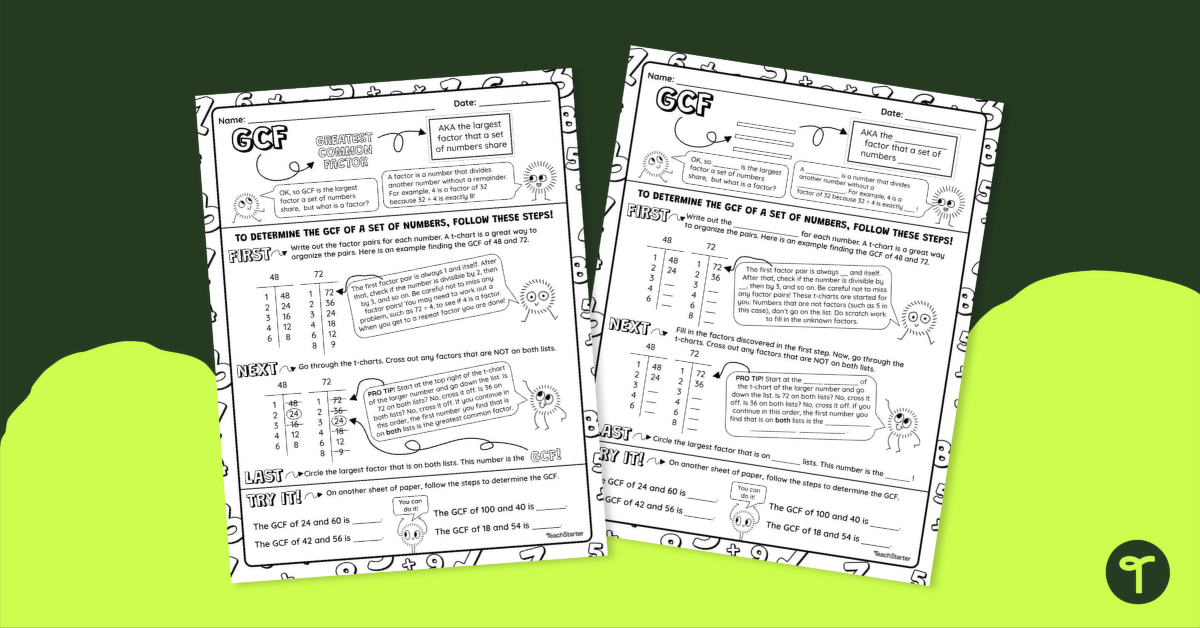

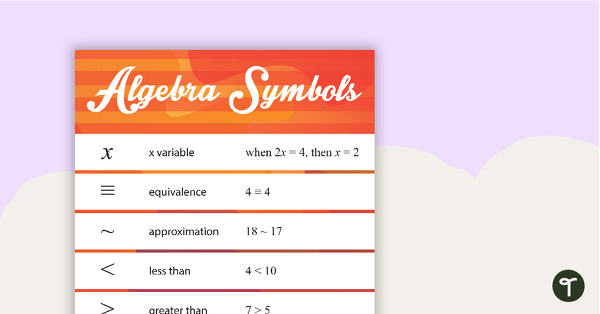

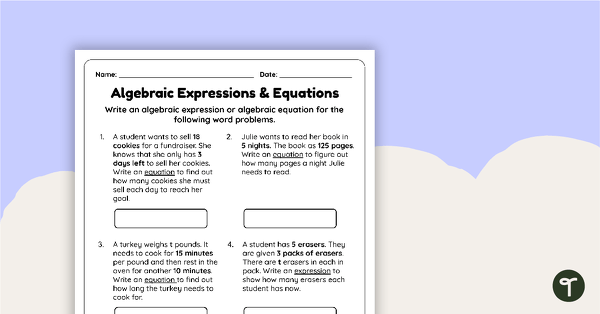
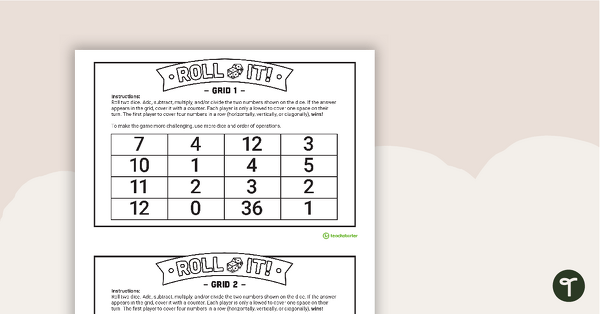
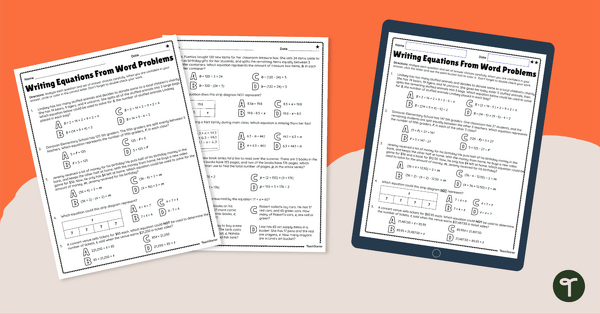

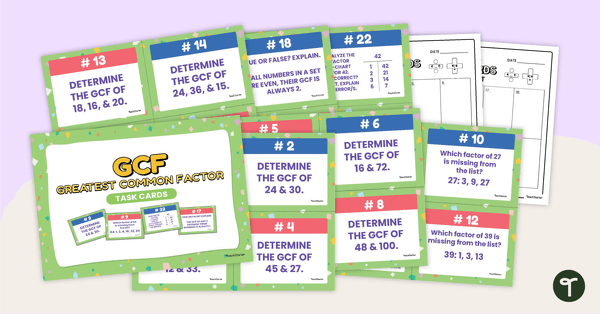
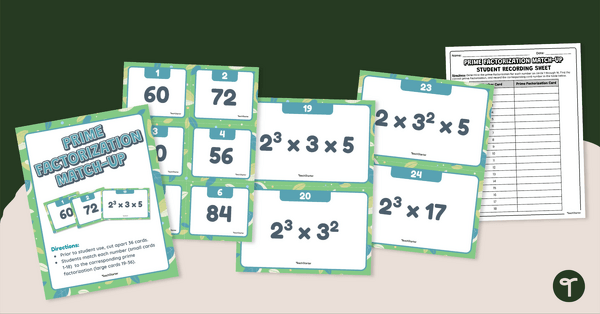
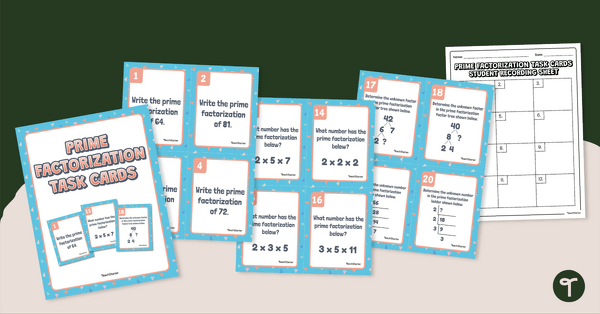
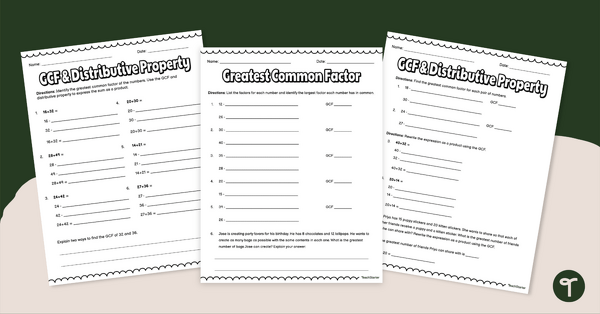
0 Comments
Write a review to help other teachers and parents like yourself. If you'd like to request a change to this resource, or report an error, select the corresponding tab above.